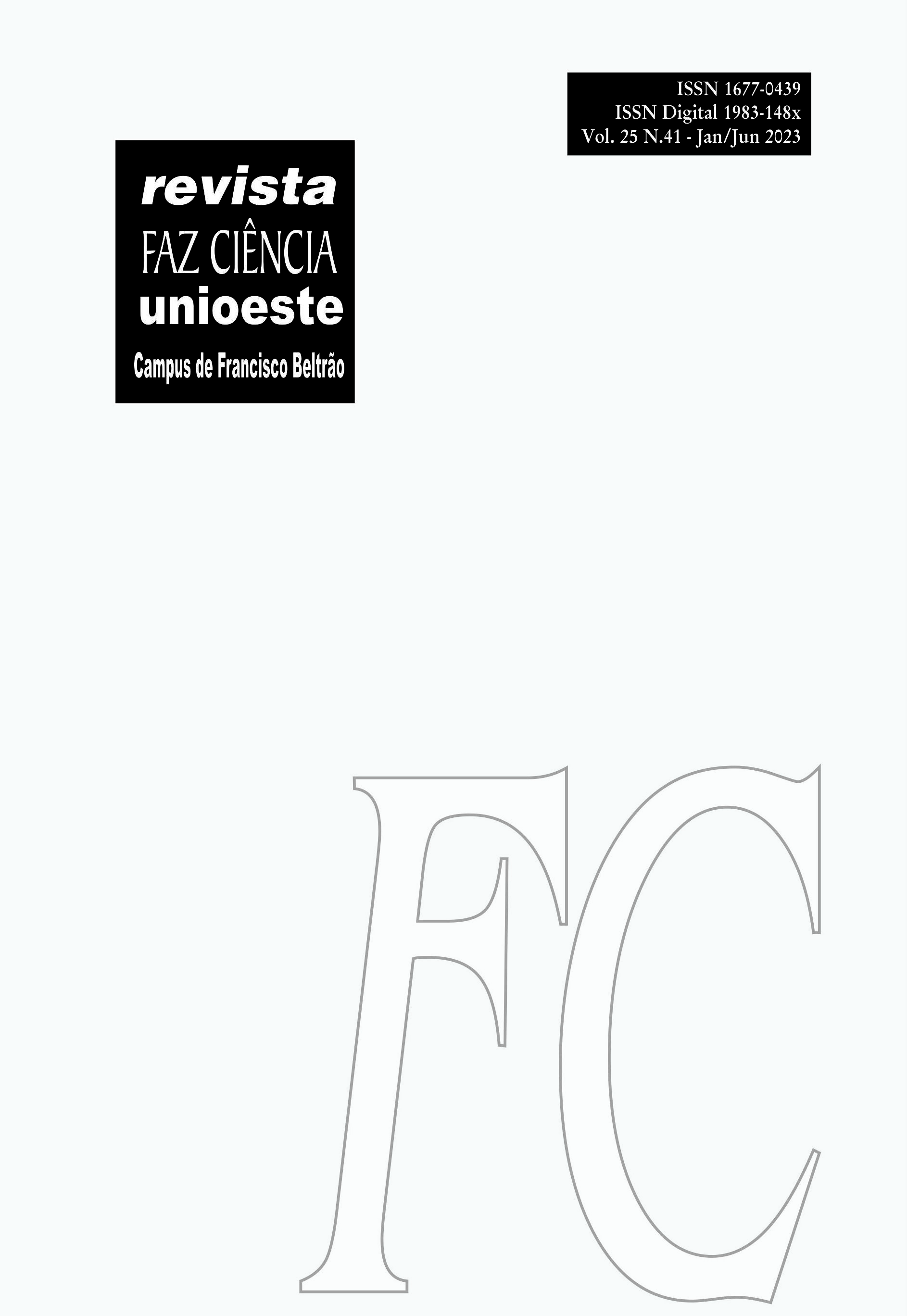WHAT IS THE IMPORTANCE OF 18-METHYLECHOISANOIC ACID IN HAIR CARE?
DOI:
https://doi.org/10.48075/rfc.v25i41.30594Abstract
18-methyleicosanoic acid (18-MEA) is a fatty acid, constituent of hair, which binds to the cuticular surface, creating a hydrophobic barrier, acting as a lubricant. The aim of this study was to understand the importance of 18-MEA in hair care. The guiding question was formulated: ‘Is 18-methyleicosanoic acid (18-MEA) applicable and important for the hair fiber in order to influence the behavior of the hair and improve the appearance of the strands? ’. The searches were carried out in Google Scholar and National Library of Medicine (PUBMED) sources with the DeCS/MeSH descriptors “18-Methyleicosanoic acid”, “Ácido 18-methyleicosanoic”, “hair”, “hair analysis”. Texts in Portuguese and English published between 2002 and 2022 were included and those that were not fully available online or that after the filtering stage did not respond to the objective were excluded, with 14 articles being selected. Reading these articles showed that the absence of 18-MEA on the cuticular surface causes a decrease in the contact angle and an increase in the frictional force. Furthermore, when replacing 18-MEA through cosmetic formulations, persistent hydrophobicity was observed in the hair. It is also possible to perceive the importance of 18-MEA influencing capillary properties, with the ability to increase adhesion and reduce friction.
Downloads
Published
How to Cite
Issue
Section
License

This work is licensed under a Creative Commons Attribution-NonCommercial-ShareAlike 4.0 International License.
Aviso de Direito Autoral Creative Commons
Política para Periódicos de Acesso Livre
Autores que publicam nesta revista concordam com os seguintes termos:
1. Autores mantém os direitos autorais e concedem à revista o direito de primeira publicação, com o trabalho simultaneamente licenciado sob a Licença Creative Commons Attribution que permite o compartilhamento do trabalho com reconhecimento da autoria e publicação inicial nesta revista.2. Autores têm autorização para assumir contratos adicionais separadamente, para distribuição não-exclusiva da versão do trabalho publicada nesta revista (ex.: publicar em repositório institucional ou como capítulo de livro), com reconhecimento de autoria e publicação inicial nesta revista.
3. Autores têm permissão e são estimulados a publicar e distribuir seu trabalho online (ex.: em repositórios institucionais ou na sua página pessoal) a qualquer ponto antes ou durante o processo editorial, já que isso pode gerar alterações produtivas, bem como aumentar o impacto e a citação do trabalho publicado (Veja O Efeito do Acesso Livre).
Licença Creative Commons
Esta obra está licenciada com uma Licença Creative Commons Atribuição-NãoComercial-CompartilhaIgual 4.0 Internacional, o que permite compartilhar, copiar, distribuir, exibir, reproduzir, a totalidade ou partes desde que não tenha objetivo comercial e sejam citados os autores e a fonte.


